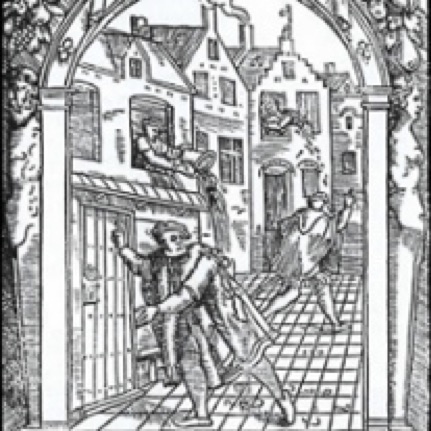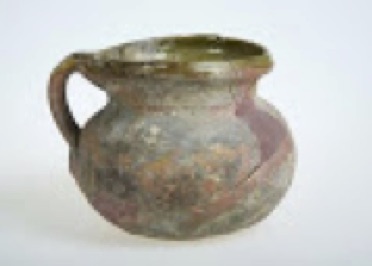142-146 Canongate, EH8 8DD

The Museum of Edinburgh is dedicated to telling the history of the city through its unique collection of objects, ranging from the precious to the mundane. In the first-floor exhibition space, in the third room to the left of the staircase, there is an early 17th-century chamber pot on display, excavated from below the buildings of Old Town. Before the introduction of water closets, human waste collected in chamber pots was often tossed onto the streets by maids calling out `guardyloo` (from the French expression `prenez garde à l`eau` or `watch out for the water`), a custom going back to the Middle Ages. This lack of efficient waste management created major problems as the population grew. In 1749, the `Nastiness Act` was passed, restricting the tossing of refuse (or `fulsies`) to the hours between 10 pm and 7 am. Dust carts were introduced and scavengers employed to clean up the streets. Nonetheless, poor sanitation in Old Town remained an issue well into the 19th century, leading to frequent outbreaks of cholera and fevers.


Early 17th-century chamber pot (The Story of Edinburgh in 101 Objects https://edinburgh.org/101/
